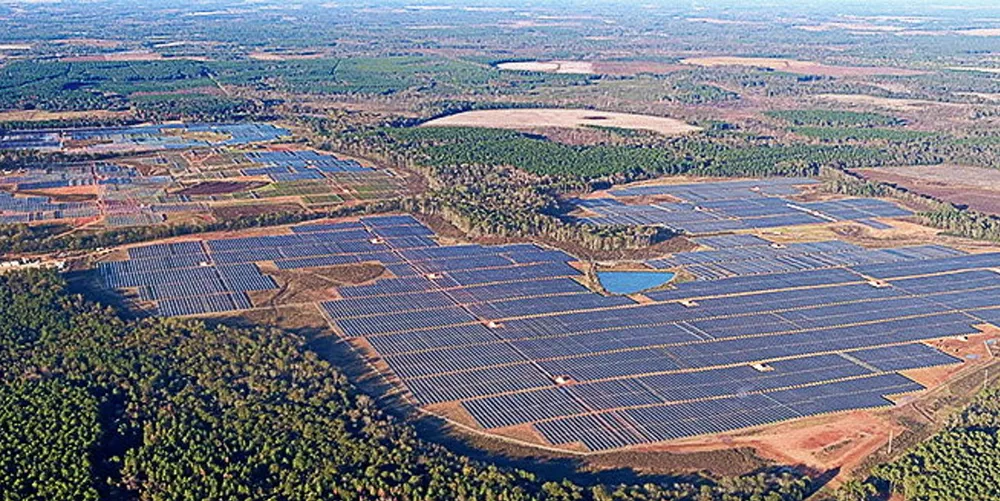South Korea's Hanwha pledges multi-billion dollar US spend 'at critical juncture' for solar
Asian giant and Q Cells owner unveils backing for American supply chain amid energy market turbulence

Asian giant and Q Cells owner unveils backing for American supply chain amid energy market turbulence
